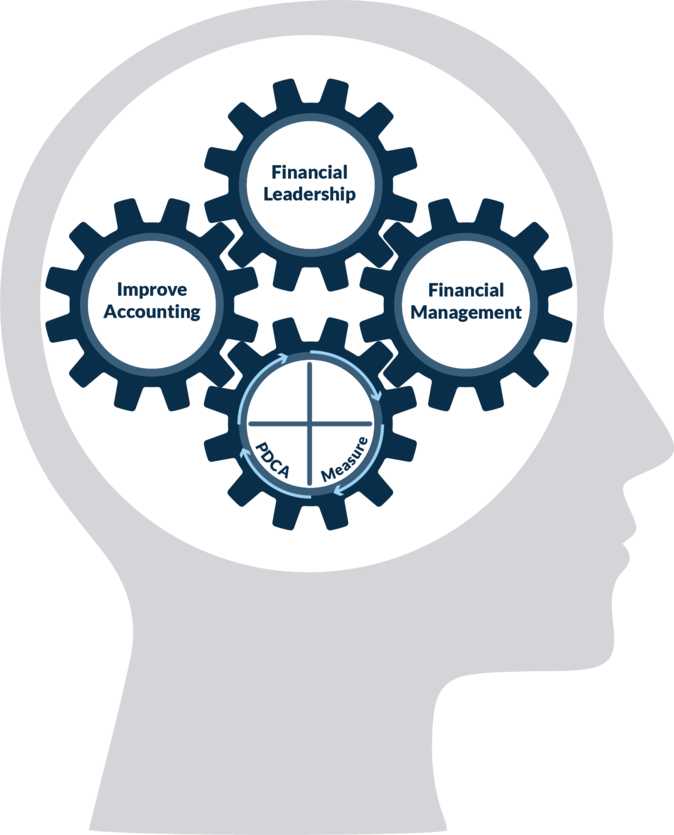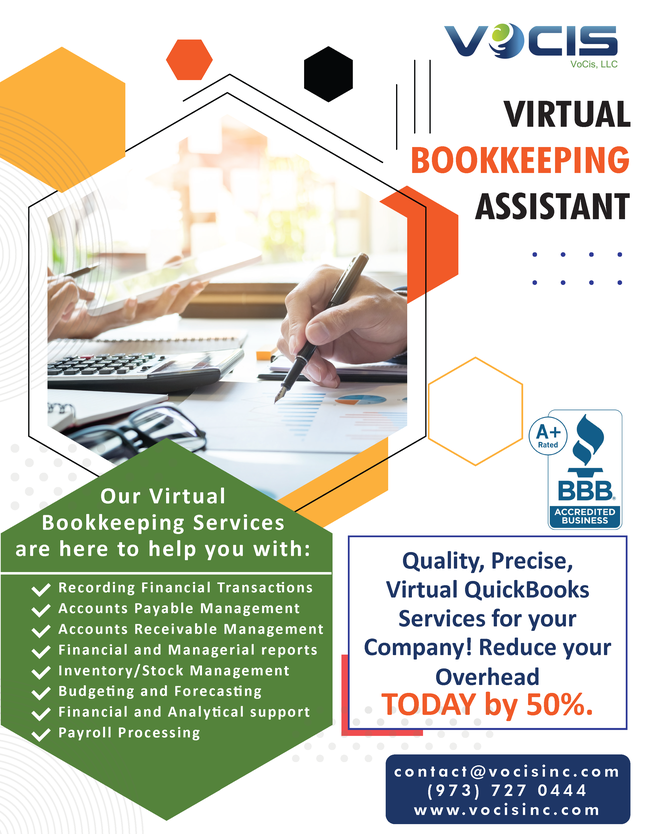Feature
An accountant's guide to understanding lean accounting
Issue 2
April 22, 2022

What is lean accounting?
Lean accounting is the application of lean thinking to all accounting systems and processes to achieve two primary goals – for accounting to serve its customers better and improve the productivity of accounting systems and processes.
The concept of “improving accounting processes” is not new; it’s been going on for as long as there have been accounting functions. What’s different about lean accounting is the specific use of lean principles, practices and methods to achieve improvement.
The overriding purpose of lean thinking is to serve customers better. In financial accounting processes, customers want common knowledge, such as paying invoices on time or closing the books quickly. Lean financial accounting is about how to deliver products and services in the least wasteful way possible. Lean accounting is about paying invoices on time without having to get last-minute approvals. Lean accounting is closing the books on time without working punishing overtime.
Management accounting processes are responsible for providing information (products) and consultation (services) to many internal users (customers). The value that internal users receive from management accounting is the “decision-usefulness” of its products and services. Internal users in lean companies want management accounting to provide relevant and reliable information based on lean operating practices, instead of traditional financially based analytical practices.
Another aspect of lean accounting is that it is not project-based - something that is “completed.” That would imply that there is an endpoint to be reached. Lean accounting is about continuously improving all accounting processes and systems, which requires understanding how to employ new practices and new ways of thinking.
Lean accounting foundational practices
The way the accounting function works is very transactional. Accounting must process transactions based on specific time frames, such as weekly check runs and month-end close. These work routines create thinking patterns that focus on getting the work done to meet the deadlines creating reliable and respected accounting functions in companies, which is a good thing.
But to grasp lean accounting, the accounting function must expand its thinking beyond transactions, and into practices. Lean accounting is about continuous improvement, which means striving to improve never ends. Continuous improvement is not transactional but must be practiced. The more often the following practices are mastered, the better you get at lean accounting.
- Understanding customer value. In lean thinking, customer value is the entire experience between a customer and a company, from the customers’ point of view. Accounting has a wide range of customers with many needs beyond processing transactions correctly. For example, accounts payable understand suppliers want to be paid the correct amount, on time. But when that does not occur, how easy is it for suppliers to interact with accounts payable to resolve any discrepancy? Serving customers better is about creating a delightful experience anytime one of accounting’s customers must deal with the accounting function.
- Identify waste. In lean thinking, waste is anything that gets in the way of creating value. Accounting must continually study its work activities to distinguish between the necessary steps to deliver value and those that don’t. Eliminate steps that don’t create value, which frees up the capacity to spend more time serving customers.
- Lean measurement. Accounting is very good at measuring. Directing this core competency develops effective lean performance measurements for accounting and all other business processes. Waste is revealed through lean performance measurements, including quality, delivery, inventory, lead times, cost, safety and morale.
- Practicing PDCA (Plan-Do-Check-Adjust). PDCA applies the scientific method to study business processes and make improvements. Successful lean companies sustain improvements by rigorously using PDCA for all improvement activities. In lean accounting, PDCA becomes a regular part of accounting work.
The benefits of practicing lean accounting
“Practice makes perfect” is the best analogy to describe the benefits of lean accounting. As these foundational practices are incorporated into all work routines in accounting and become part of everyone’s work responsibilities, the results of improvement activities are evident.
In transaction processes such as payables, receivables and payroll, if the correct information is available in processes at the right time, transaction processes flow seamlessly. The foundational practices of lean accounting create a systematic approach to identifying when this does not occur and how to solve these problems. The result is a productivity increase, processing more transactions with the same number of employees.
Eliminate excess processing activities in accounting. Information and reports no one uses come to a halt. Simplification in accounting system details, such as the number of general ledger accounts, makes life easier for accounting and those that use the information. Accounting meets GAAP reporting requirements in the leanest way possible, eliminating work that focuses on “precision to the fourth decimal point.”
Accounting provides its internal customers relevant, reliable information and analytical advice which align with lean practices and integrates accounting into a company’s lean strategy. The company benefits from the decision-making improvements and financially from lean thinking.
Most importantly, lean accounting improves the morale of the accounting team. Continuous improvement engages the team, relieving the mind-numbing work of the accounting team. Lean accounting also engages the accounting team with the different functions of the company and the company’s lean strategy. Once accounting teams get a “taste” of lean accounting, they love it.
Wrap up
Becoming proficient in any specialized field, whether it’s accounting, sports or music, requires a constant dedication to practice. We know as accounting professionals that the work we perform, whether it’s an audit, a discounted cash flow analysis or developing a forecast is challenging at first; however, with constant practice becomes easy and more effective. The same applies to lean accounting. It may seem challenging and frustrating in the beginning. Committing to a new way of thinking and practice will sustain a lean accounting transformation.

About the author: Nick Katko, CPA, is president and owner of BMA (www.maskell.com). Katko has been practicing lean accounting for more than 30 years, both as a CFO and working with companies through BMA. He is co-author of “Practicing Lean Accounting” (2021) and author of “The Lean CFO” (2013). Katko can be reached at nkatko@maskell.com.

